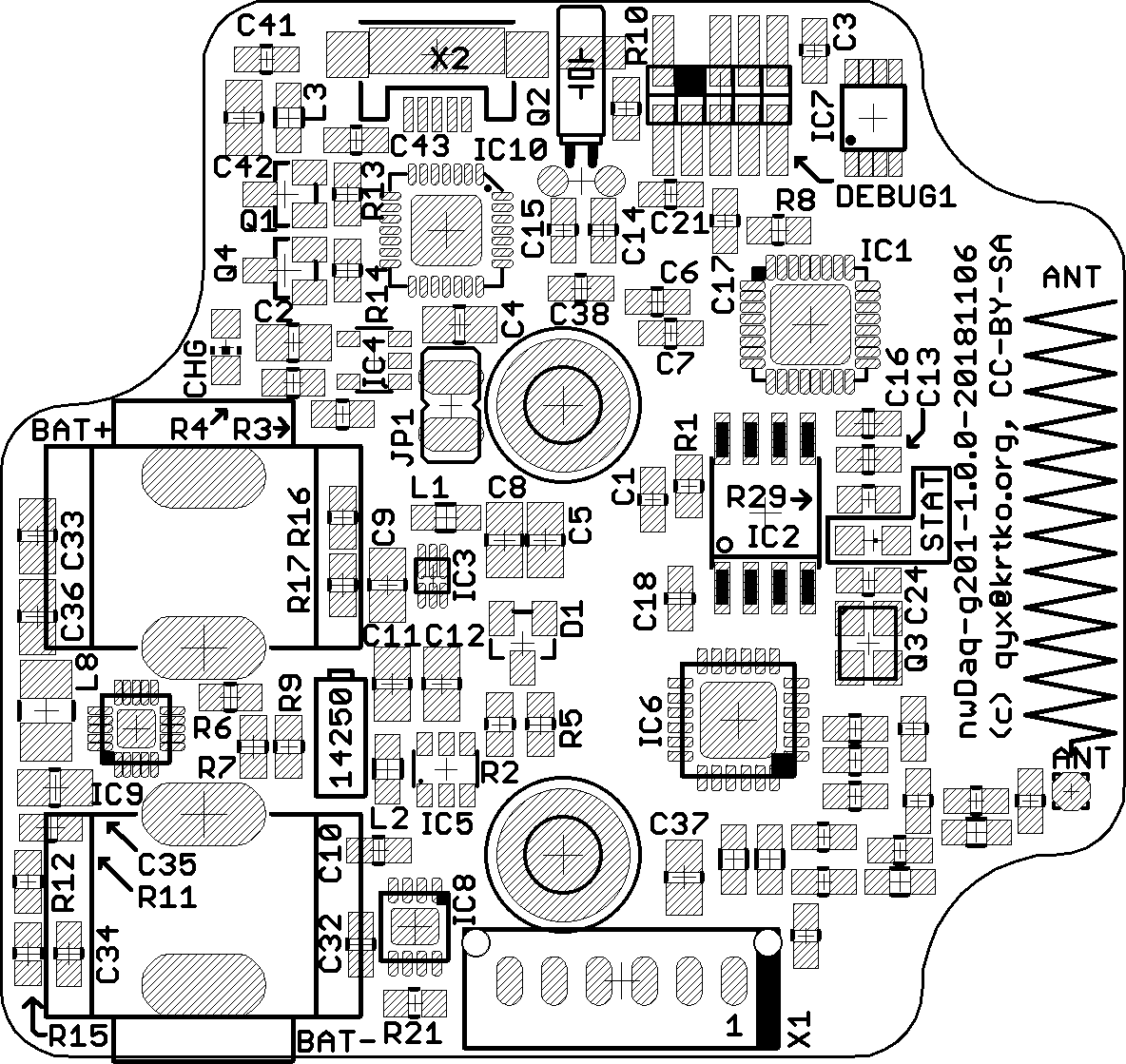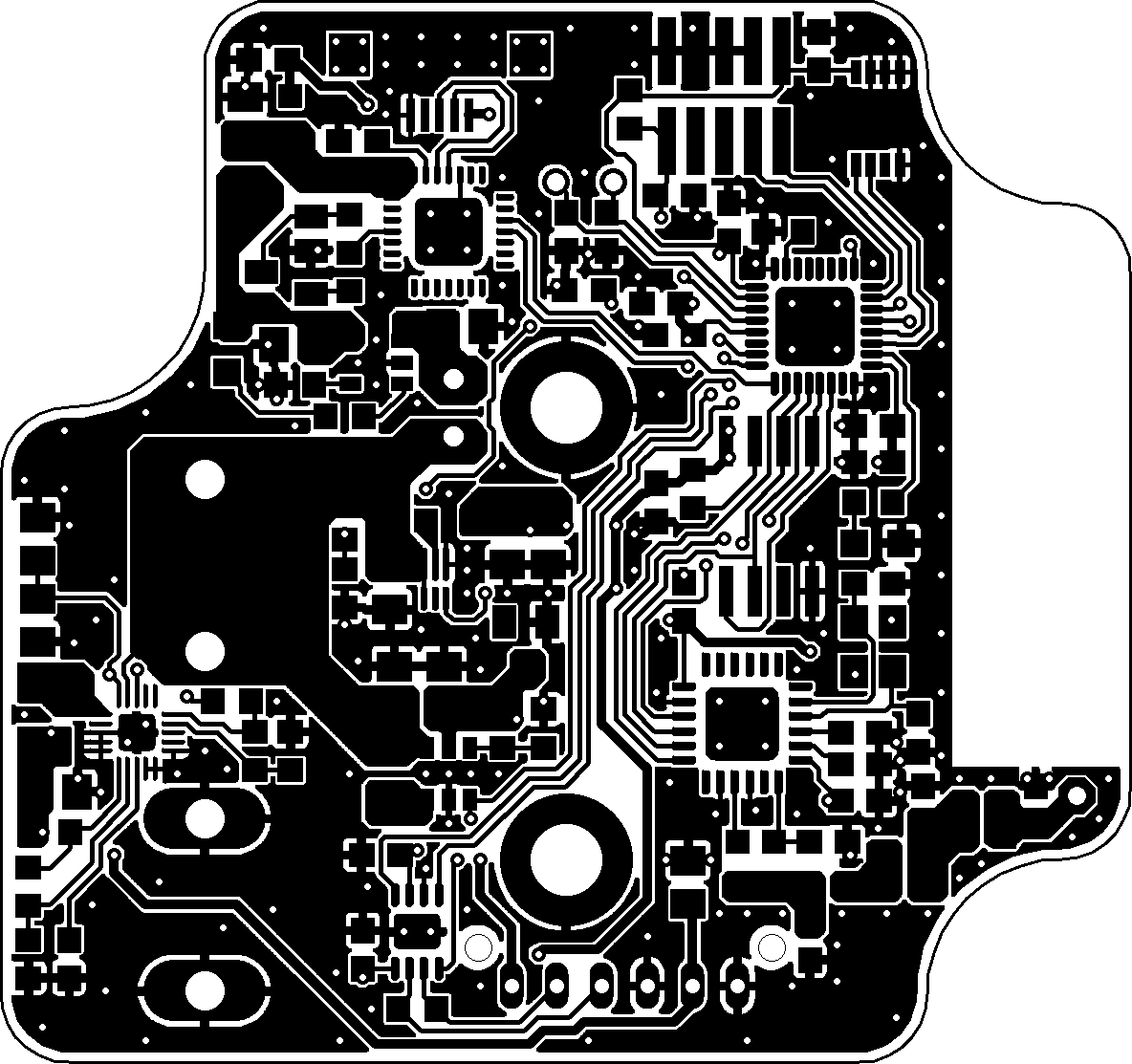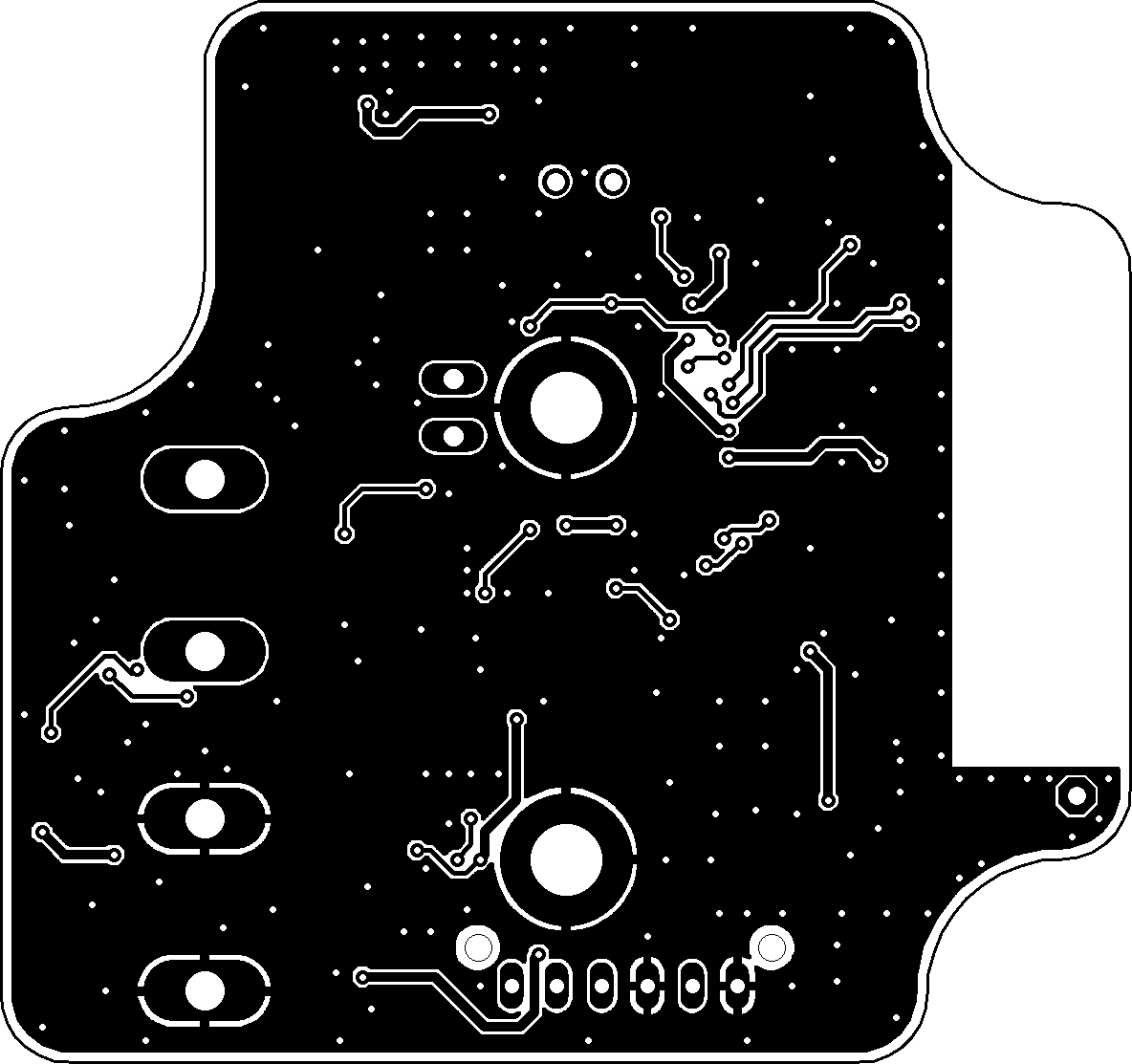Miniature DAQ device in a Gainta G201 enclosure¶




Table of contents
Introduction¶
nwDaq-G201 is a miniature data logger / remote data acquisition system for CAN based sensors. It is mainly intended to be used as a low cost solution for simple and possibly disposable applications when the components can be damaged or lost.
It is housed in a waterproof polycarbonate enclosure with IP67 rating. Only a single 5pin M12 A-coded connector is protruding the case. The connector is pin-compatible with CANopen/DeviceNet cabling.
The DAQ is meant to be used with the plumCore framework.
Basic DAQ features include:
IP67 waterproof case
14250 battery holder for LiSOCl2 3.6V primary battery or a 3.7V 14250 Li-Ion rechargeable battery. Usage with a LiFePO4 3.2V rechargeable battery is also possible after a minor modification
optional solar energy harvesting when using rechargeable batteries. A small single-cell solar panel can be mounted behind a transparent PC enclosure cover
USB micro-B connector for accessing the system console and charging the battery
433MHz radio transceiver with antenna
M12 connector providing 5V power and CAN bus signals for external sensors
The device can be directly mounted in a Gainta G201C polycarbonate enclosure with transparent lid.
Project downloads, resources and changelog¶
1.0.0 (2018-12) prototypes¶
Errata:
TLV61220 boost converter has no true disconnect capability. Therefore it is not possible to fully disconnect the sensor to preserve power (ie. Vsensor is always >= Vbat). No workaround available. In a hotfix release a dedicated power switch with overcurrent protection will be added.
MCP2562 CAN transceiver STBY pin is active high. It is connected to the Vsensor boost converter active low EN pin. It is not possible to simultaneously enable both the boost converter and the transceiver which renders the CAN interface unusable. A possible workaround is to disconnect STBY from the EN pin (on the PCB bottom layer) and connect the STBY directly to GND. This prevents the transceiver from entering standby mode but otherwise works. In some circumstances it is possible to disable the boost converter, which lowers the transceiver Vdd to Vbat (~3V6) and forces the transceiver into UVLO/POR.
LED is connected directly to a MCU GPIO port. The MCU is running at 1V8 which is not enough for the led. In a hotfix release the LED will be connected to Vbat through a buffer transistor.
CP2102N is not able to correctly interpret 1V8 level signal on its RXD input making the serial console unusable. It is possible to make the MCU TXD pin open-drain. In this case it is pulled up to 3V3 by the CP2102N and the console is working properly at 9600 baud. In a hotfix release the current CP2102N in a QFN28 package will be replaced with a QFN24 package featuring a Vio pin.
UX issue - the USB port is not accessible when the PCB is mounted in the enclosure. A vertical USB socket should be used.
The spring antenna performance is very low. It is actually better to use a piece of wire entangled in the enclosure.